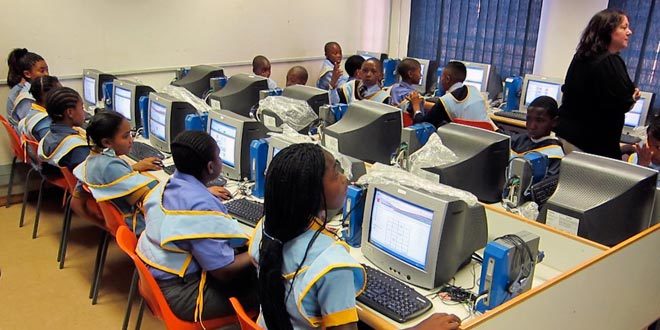This article is part of a series:
- The 4 phases of the project cycle
- What is the logical framework approach?
- What do you do during the identification phase of the project cycle?
- Most Significant Change: What it is and how to use it
- Results Indicators: What they are and how to use them
- Means of Verification: What it is and how to use it
The Most Significant Change (MSC) tool is a qualitative participatory monitoring and evaluation technique.
Normally when we think of project evaluation, we think in terms of measuring the achievement of indicators that are expressed through numbers and percentages. For example, it is typical to read in an evaluation that “40% of the communities who have participated in the adult literacy programme have actually learned to read and write”.
This information tells us that the project we have carried out has fulfilled its objective, we have solved the problem we had identified in the first phase of the project cycle (for that, you can read this article).
If we decided to use the MSC methodology, the starting question would not be “how many people have learned to read by the end of the project” but rather, “how have the lives of those who have learned to read changed”. In other words, “what has been the most significant change in that person’s life after learning to read”?
The MSC is a technique that has been designed by Rick Davies at the end of the nineties and has some well defined steps to follow. To know the theory in detail, I recommend you to read the official manual The ‘Most Significant Change’ (MSC) Technique: A Guide to Its Use by Rick Davies and Jess Dart.
However, it is a tool that can be adapted to different contexts and times, so it should be taken with a certain level of flexibility so that it becomes a useful instrument for our purpose: to know the impact of a project on people’s lives.
Let’s look at the essential steps.
First of all, it is necessary to define the participants of the evaluation. If the total beneficiaries of a project are too many people, a criteria can be defined (age, characteristics, participants per activity, etc.) in order to be able to work with a reduced group of people.
Once we have the group, we have to explain what the methodology is about (tell the group what has been the main change experienced as a beneficiary of the project) and what is its purpose (define what has been the most significant change that the project has generated).
We already have the “with whom” and the “for what purpose”. Now let’s look at the “how”.
It is necessary to divide the large group into small groups (five people for example). In each small group there will be a facilitator who will be in charge of taking note of everything that will be discussed within the group and giving the turn. The facilitator will have to ask each member of the group what has been the most significant change in a certain period of time that will have to be defined beforehand, depending on the scope of the evaluation. It can be over the last year, over the whole project, from the end of the project to the present, etc. It is very important that each person speaks freely and without fear and that the facilitator makes all participants feel at ease.
Once each person in the small group has expressed what their change has been, the group will have to vote on what has been the most significant change of all the changes they have heard. At this stage, the facilitator has to manage the debate, give the floor to everyone and be able to handle possible setbacks. The work in the small groups ends when the most significant changes from each group have been chosen.
At this point the large group comes back together in plenary and one representative from each small group has to tell which change was chosen as the most significant in their group and why. Once all the changes have been reported, the plenary will have to choose the most significant change in the whole group. At this point the dynamic ends.
This is a practical interpretation of the original methodology, more complex and deeper.
Why do I like and consider it useful to implement the most significant change tool?
Because I consider that it gives you the possibility to take a moment of time out of the office and Excel files to talk to the beneficiary population, to listen to their stories of change and to know how the project has impacted their lives. It also offers a large number of testimonies that are vital for disseminating the results of an intervention and are almost never planned in the activities of a project. It gives you a space for participation and protagonism to the beneficiaries who, on this occasion, take off the shirt of the aid recipient to put on the shirt of the host of their personal story. Beyond the evaluation itself, the most significant change tool offers a space for active listening and a method to realise the commitment of humanitarian actors to use power in a responsible way, taking into account being accountable to the people they are trying to help (accountability to affected population).





